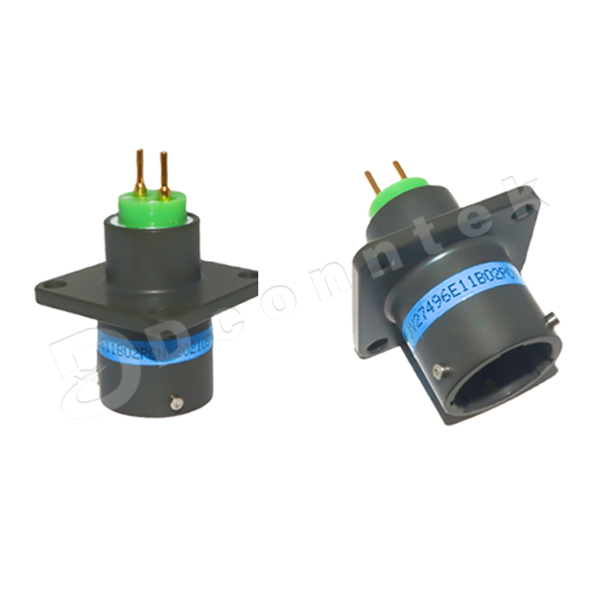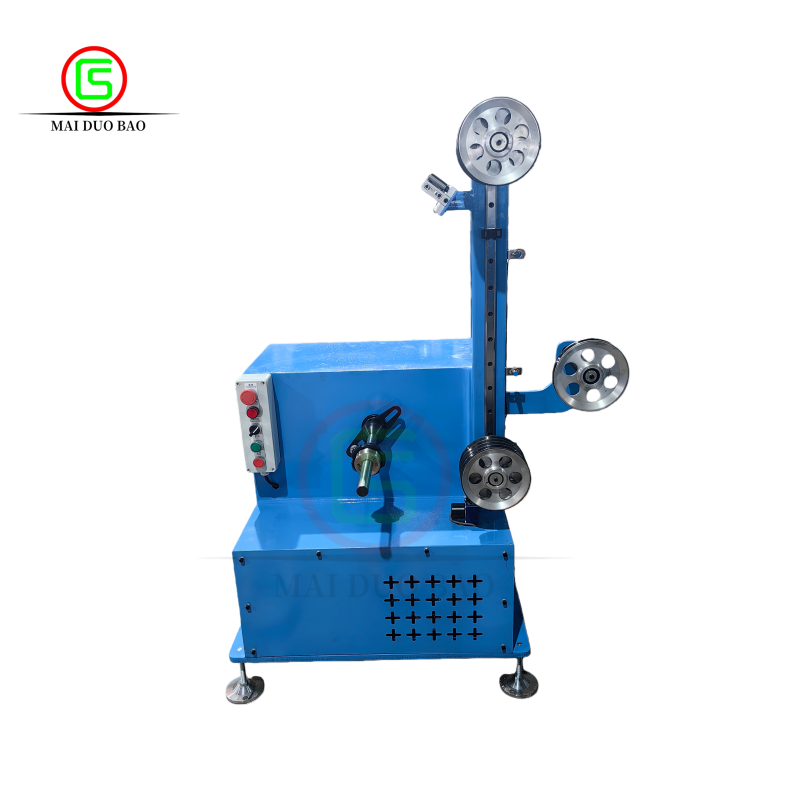
In the world of aerospace, defense, and industrial electronics, reliability isn’t optional—it’s a mandate.
Every system, from an aircraft’s flight control to a battlefield communication unit, depends on stable, uninterrupted signal transmission. One weak connection can mean mission failure.
That’s why MIL-DTL-38999 Series I circular connectors have become an enduring standard in critical applications that face vibration, shock, moisture, and temperature extremes.
This article explores how these connectors are engineered for reliability, what differentiates Series I from other variants, and how they continue to deliver performance under the world’s toughest conditions.
1. The Legacy of MIL-DTL-38999
MIL-DTL-38999 connectors trace their roots back to the U.S. military’s need for miniaturized, lightweight, and durable interconnect solutions in aerospace systems. Over decades, they evolved through multiple generations—Series I, II, III, and IV—each addressing specific mechanical and environmental requirements.
Series I, sometimes referred to as LJT connectors, are known for their bayonet coupling mechanism and high-density contact arrangements, making them ideal for environments where frequent mating and unmating are required without sacrificing reliability.
These connectors conform to stringent MIL-DTL specifications, ensuring compatibility and interchangeability across manufacturers, including DConnTek’s MIL-DTL-38999 Series I Circular Connector, which follows full military standards for both materials and performance.
2. The Engineering Behind Rugged Reliability
The superior reliability of MIL-DTL-38999 Series I connectors is not accidental—it’s the result of meticulous mechanical design and material selection.
a. Bayonet Coupling Mechanism
The bayonet coupling system allows for quick and secure engagement with a simple 120-degree twist.
Unlike threaded designs, this mechanism provides tactile feedback when fully mated, reducing the risk of incomplete connections—especially important in low-light or high-vibration environments.
b. Shell Material and Plating Options
Series I shells are typically made from aluminum alloy, balancing lightweight performance with mechanical strength.
Various plating options enhance corrosion resistance, including:
Cadmium olive drab (for military applications)
Nickel (for higher corrosion and temperature tolerance)
Zinc-nickel or black anodized coatings (RoHS-compliant alternatives)
These finishes allow the connector to endure years of exposure to salt spray, fuel, hydraulic fluid, and dust.
c. Environmental Sealing
Sealing performance is one of the defining features of the Series I.
The connector uses triple-start coupling rings, O-ring gaskets, and rear wire-sealing grommets to ensure:
Resistance to water ingress (IP67 and beyond)
Protection from fuel, oil, and solvent exposure
Stable performance in humidity cycling
This makes them particularly suited to aircraft fuselage sections, military vehicles, and marine electronics.
3. Electrical Performance and Contact Integrity
Reliability also depends on electrical integrity. MIL-DTL-38999 Series I connectors offer:
Contact arrangements supporting power, signal, and mixed configurations
Low contact resistance to ensure clean data and power transmission
EMI/RFI shielding to prevent signal interference in noisy environments
The contacts are usually gold-plated copper alloy, maintaining low resistance and corrosion resistance over thousands of mating cycles.
High-density versions can accommodate up to 128 contacts in a single shell, enabling compact system integration without performance loss.
4. Vibration and Shock Resistance
Harsh environments mean exposure to mechanical stress—whether from jet engines, tracked vehicles, or rocket launches.
Series I connectors undergo vibration, shock, and impact testing to verify that electrical continuity remains intact under such conditions.
The resilient insert design holds contacts firmly in place, while the bayonet coupling maintains consistent pressure on the mated pair, preventing micro-fretting and intermittent connections.
This mechanical integrity is why the Series I remains a mainstay in aircraft avionics bays, radar systems, and military communications.
5. Temperature Performance and Thermal Cycling
Extreme temperature swings—such as from −65°C on a high-altitude flight to +175°C near engine compartments—can cause expansion and contraction in materials.
MIL-DTL-38999 Series I connectors mitigate these effects through:
Thermally stable elastomer inserts
Plating that resists oxidation and thermal stress
Controlled tolerance design to maintain seal integrity
These properties ensure stable performance across wide thermal ranges and long service life.
6. EMI/RFI Shielding and Grounding
Modern military and aerospace platforms are electromagnetic battlegrounds.
Series I connectors employ 360-degree EMI/RFI shielding with grounding fingers or conductive gaskets that maintain electrical continuity between the plug and receptacle.
This design minimizes emissions and susceptibility, ensuring data fidelity in radar, satellite, and avionics communication systems.
When properly terminated with shielded cable backshells, Series I connectors can achieve EMI attenuation of 60–70 dB at high frequencies, meeting stringent MIL-STD-461 standards.
7. Maintenance and Serviceability
Even in rugged applications, ease of maintenance is a crucial part of reliability.
The bayonet coupling enables quick disconnection during field repairs without specialized tools.
Contacts can be replaced individually using standard insertion/removal tools, extending connector life and reducing downtime.
DConnTek’s MIL-DTL-38999 Series I connectors are designed for repeatable mating cycles (≥500), ensuring long-term serviceability in demanding applications.
8. Typical Applications
The MIL-DTL-38999 Series I connector family finds applications across multiple sectors:
Aerospace: Avionics systems, flight control sensors, navigation units
Defense: Ground vehicles, communication gear, radar arrays
Industrial: Robotics, offshore control systems, rail electronics
Marine: Navigation, sonar, and shipboard data networks
Its compact design, EMI protection, and sealing make it one of the most versatile circular connectors in the industry.
9. Comparing Series I with Other 38999 Variants
While all MIL-DTL-38999 connectors share a heritage of reliability, each series serves a different purpose:
| Series | Coupling Type | Strengths | Typical Use |
| Series I (LJT) | Bayonet | Quick connect/disconnect, sealed | Avionics, ground systems |
| Series II (JT) | Bayonet | Lightweight, compact | Aircraft interiors |
| Series III (Tri-Start) | Threaded | Highest vibration resistance | Engines, heavy machinery |
| Series IV (Quick-Disconnect) | Push-pull | Rapid operation | Portable or limited-space systems |
This flexibility ensures engineers can select the optimal connector series based on mechanical, environmental, and operational requirements.
10. Why Choose a Qualified Manufacturer
Performance is only as good as production quality.
Manufacturers like DConnTek design, machine, and test their MIL-DTL-38999 connectors according to U.S. military standards, ensuring dimensional accuracy, plating thickness, and insulation resistance all meet specification.
By sourcing from a qualified supplier, engineers can trust consistent mating compatibility, contact alignment, and long-term corrosion resistance, even in mission-critical projects.
To learn more about technical details and available configurations, visit
the DConnTek MIL-DTL-38999 Series I Circular Connector page.
Conclusion
Reliability in extreme conditions doesn’t happen by chance.
It’s achieved through precision engineering, rigorous testing, and consistent material quality—all hallmarks of the MIL-DTL-38999 Series I design.
Whether exposed to salt spray, vibration, or sub-zero temperatures, these connectors ensure uninterrupted performance across thousands of missions.
For engineers seeking a proven interconnect system that balances performance, size, and durability, MIL-DTL-38999 Series I remains the benchmark for excellence.
www.dconntek.com
Dconntek



+ There are no comments
Add yours